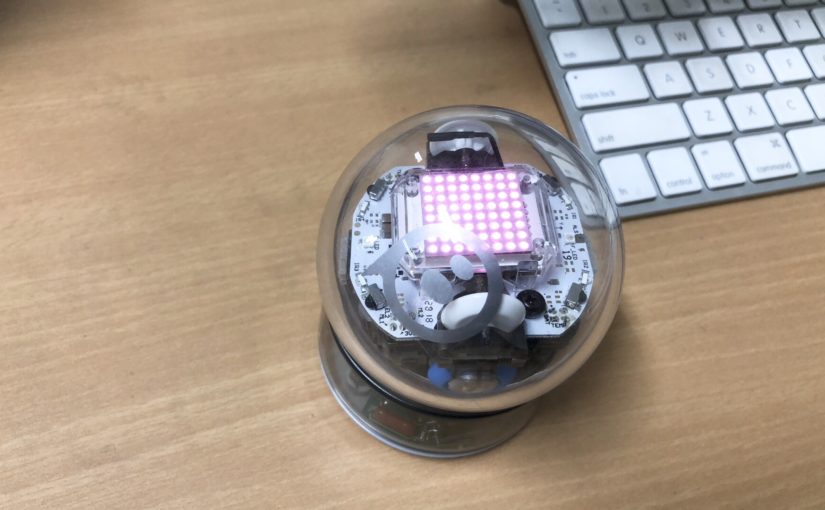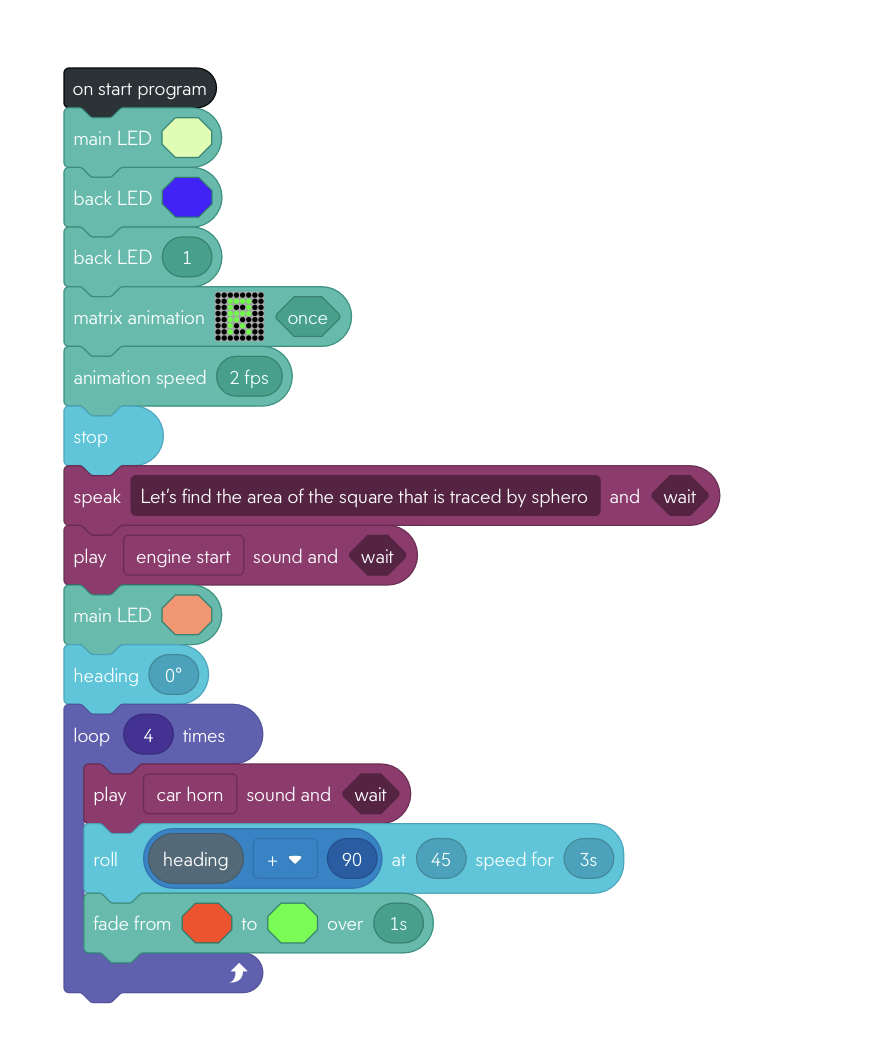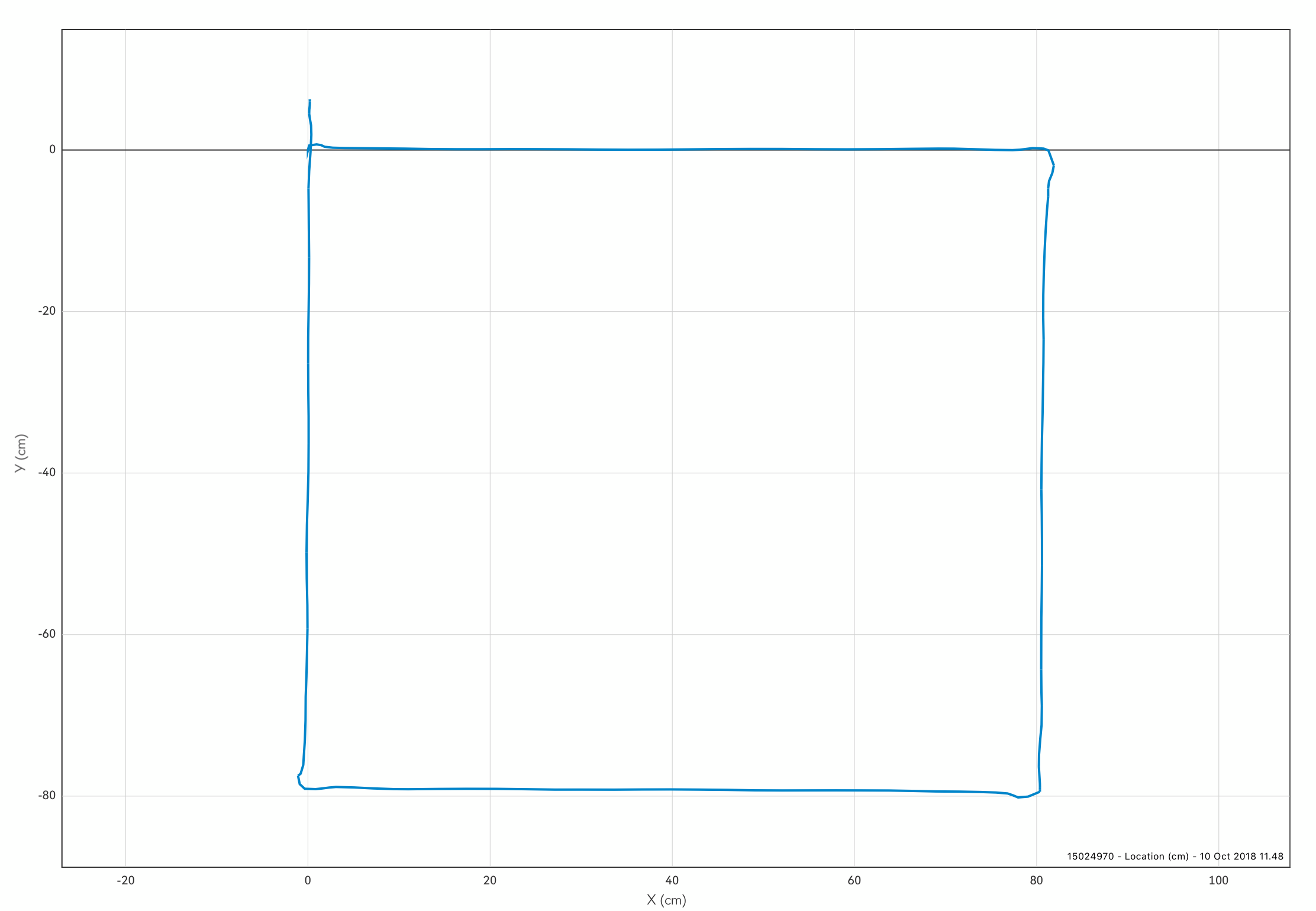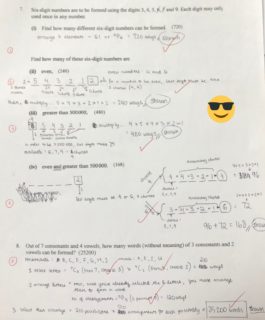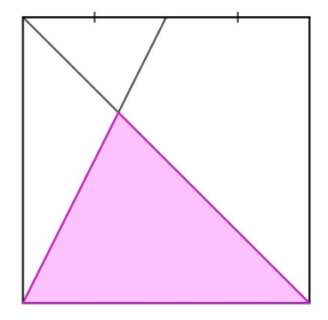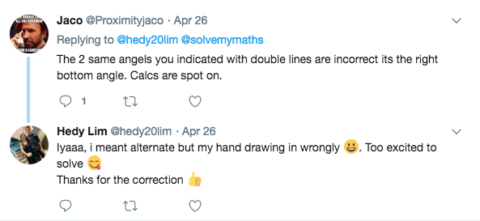- Pertanyaan pertama yang muncul adalah, apakah itu SPHERO? Sphero adalah sebuah robot berbentuk bola (sphere), yang mampu digerakkan dengan memberikan program kepadanya.
- Wah berarti harus belajar “Coding” atau pemrograman? Jawabnya bisa iya, bisa tidak. Tergantung seberapa jauh rumitnya program yang ingin kita jalankan.
Tahun 2015, Sphero bergabung dengan program Disney dalam hal menyediakan dan menjalankan kreasi robot – robot inovatif untuk Marvel, Pixar, dan yang paling dasyat adalah StarWars (Robot BB8).
- Lalu, pertanyaan selanjutnya, selain pelajaran di kelas komputer, dapatkah membuat pembelajaran yang terintegrasi dengan teknologi robot sphero ini? Jawabannya adalah, IYA, bisa. Tergantung gurunya mau belajar atau tidak 🙂 *klise
Sphero robot ada beberapa jenis, yaitu:
- Sphero BOLT
- Sphero SPRK+
- Sphero mini
Saya ingin berbagi pengalaman di sini dalam hal bermain bersama Sphero BOLT. Kebetulan jenis itu yang saya miliki saat ini.
Mari kita lihat lebih detil, hal-hal apa yang ada pada Sphero BOLT:
-
-
-
- Dengan matriks LED yang mencolok dan berbagai sensor baru, robot berbentuk bola yang dilengkapi dengan aplikasi ini, memberikan kesempatan tanpa batas untuk menjadi seorang kreatif dan pemrograman yang biasanya di benak kita sangat sulit malah bisa jadi kesenangan tersendiri saat kita menguliknya karena bentuk fisik robot yang lucu seperti bola.
- Ukuran robot Sphero BOLT adalah Tinggi: 73 mm, Lebar: 73 mm dan Berat: 200g. Ukuran ini nyaris sebesar bola bisbol.
- Lapisan kulit bola disegel dan tidak dapat terbuka. Lapisan transparan, tahan lama, anti air dan tahan gores.
- Lama batare dapat digunakan untuk bermain adalah selama 2 jam. Setelah itu dapat diisi ulang seperti layaknya mengisi data pada telepon genggam. Pengisian sederhana dan induktif.
- Beberapa sensor pada Sphero BOLT: Encoder Motor, Giroskop, Akselerometer, 8×8 Matrix LED, Inframerah, Kompas dan Sensor cahaya.
- Koneksi ke app, dengan “Bluetooth LE”, dapat menjangkau sejauh 30 m.
- Untuk menjalankan Sphero BOLT, app dapat dijalankan melalui: Sphero Edu (iOS, Android, Kindle, Chrome), Swift Playgrounds (iOS), Windows.
- Kecepatan maksimum gerakan Sphero BOLT adalah 2 m/s.
- Sphero BOLT dapat dimainkan di dalam ruangan, di luar ruangan, di permukaan lantai yang keras, di permukaan karpet. Dapat pula dijalankan di atas permukaan kotor, berair bahkan cairan cat sekalipun.
-
-
- Pada kesempatan ini, saya ingin bagikan tentang integrasi pelajaran Matematika dasar menggunakan logika koding sederhana melalui robot Sphero BOLT.
- Menghitung Luas Persegi.
Langkah – langkah:
- Install Sphero Edu di smartphone / tablet.
- Membuat program koding di aplikasi tersebut.
- Dari sensor lokasi, kita dapat melihat jaraknya berdasarkan grafik / diagram tempuh yang membentuk persegi.
- Dan dari ukuran tersebut, siswa dapat menghitung luas persegi nya.
Sangat mudah, bukan?
Dari kegiatan ini, siswa berlatih lebih banyak dari sekedar menghitung luas persegi bangun datar. Mereka akan berlatih pola pikir runut, berlatih membuat program mereka sendiri untuk menggerakkan robot bola sphero, berlatih kreatif menciptakan suara-suara dan lampu-lampu cantik yang disediakan robot dalam matrix LED 8×8 tadi.
Dan yang terpenting adalah siswa senang dan gembira, karena belajar lebih dari sekedar menghitung.
Sebagai tambahan, untuk bangun datar saja, program bisa dibuat lebih sulit untuk membentuk bangun datar jajar genjang misalnya, atau trapesium, karena ada sudut gerakan yang harus dimasukkan ke dalam program robot.
Berikut adalah hasil bermain saya bersama robot Sphero BOLT untuk menghitung luas persegi.
Selamat Mencoba!
https://edu.sphero.com/remixes/2810411
